
We’ve all seen a TV show start out great, only to get noticeably worse as it went on. This usually happens because of things like changes in the production team, faster production schedules, staff turnover, or alterations to the original story. Here are fifteen popular examples, with a quick look at what happened behind the scenes to explain when and why the quality changed.
‘One-Punch Man’ (2015–2019)

The first season was created by Madhouse, with Shingo Natsume as director and a talented team handling the action. For the second season, production moved to J.C.STAFF with a new director, and they worked on a tighter schedule. This resulted in less smooth animation and more straightforward action sequences. Most viewers agree that the change in studios is the biggest difference between the two seasons.
‘The Promised Neverland’ (2019–2021)
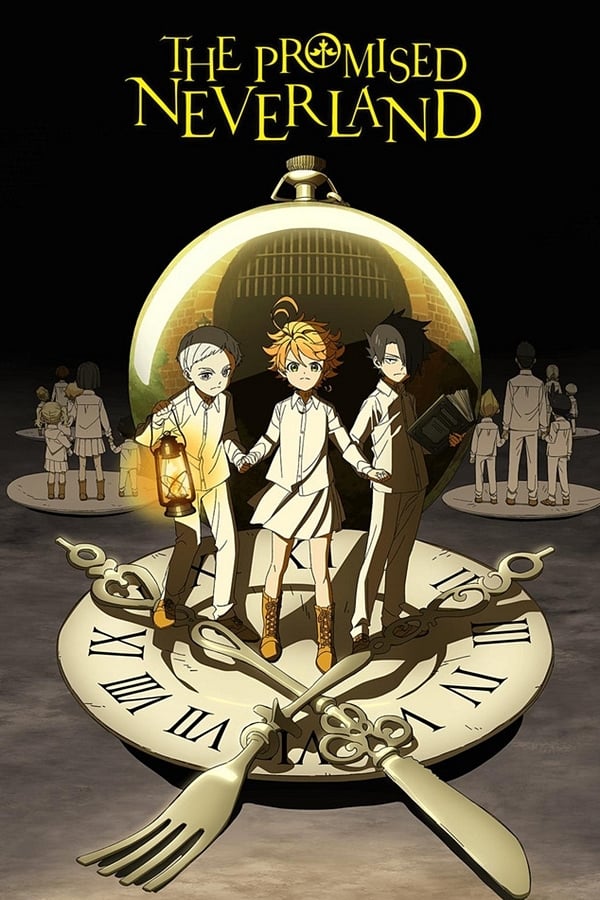
CloverWorks animated both seasons of the series, but the way they adapted the original manga was very different the second time around. The second season significantly shortened or completely left out large parts of the story, keeping the number of episodes low and rushing through the plot. Instead of showing important events and characters, the story often *told* us about them through narration. This change in how the studio approached the adaptation is the main reason the quality declined.
‘The Seven Deadly Sins’ (2014–2021)
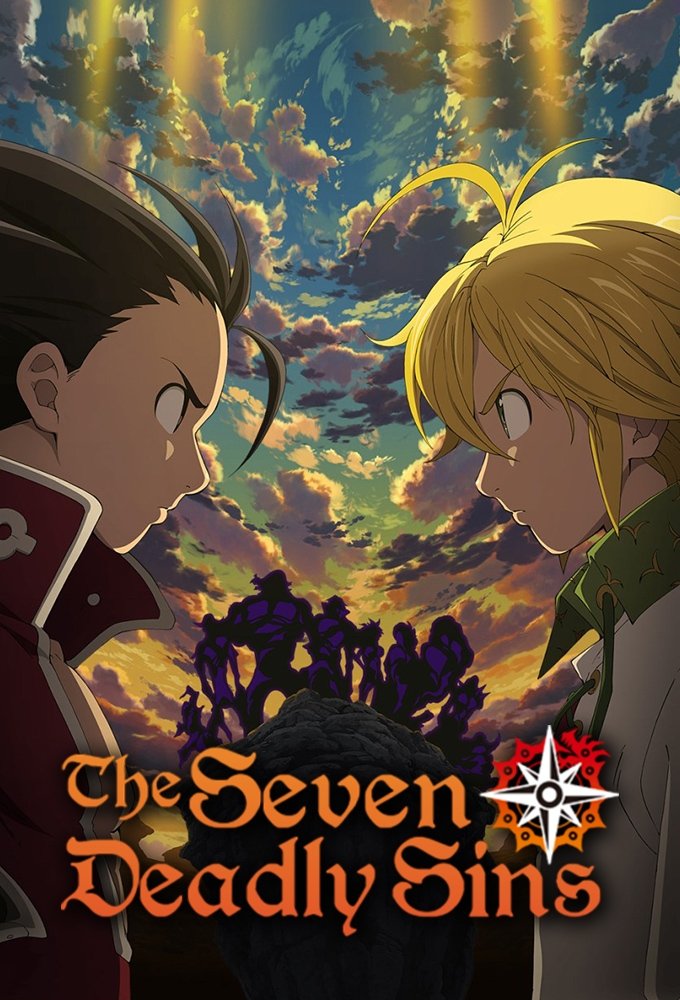
The series initially stood out with its exciting action and polished visuals, thanks to A-1 Pictures. When Studio Deen took over, the animation quality noticeably declined. Later episodes showed signs of production difficulties, with movements appearing less fluid and special effects becoming simpler. Complex fight scenes, once created with many detailed layers, were redone using fewer drawings. This drop in quality coincided with the change in animation studios.
‘Berserk’ (2016–2017)
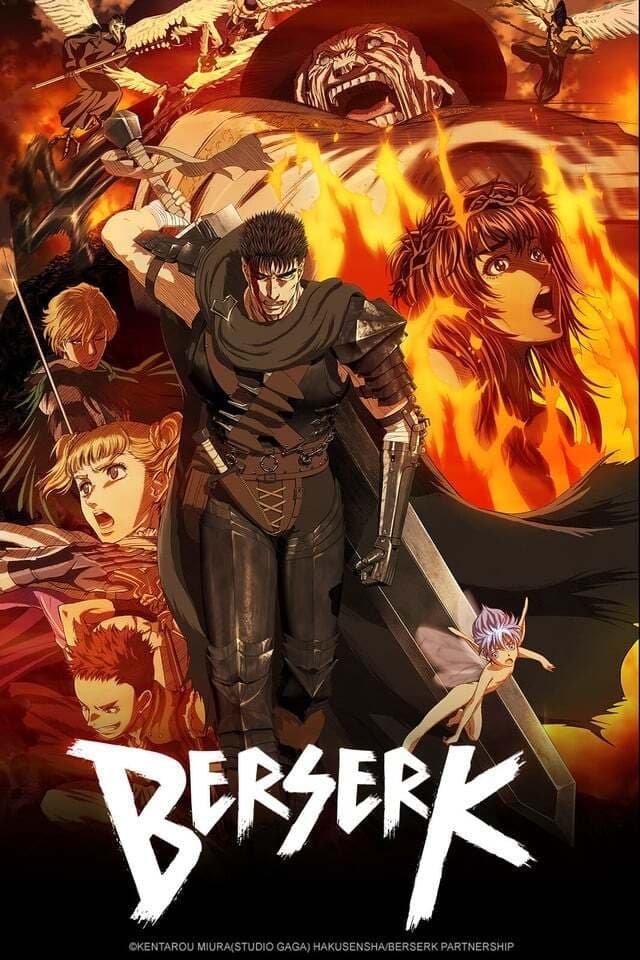
GEMBA and Millepensee created this version using a lot of computer-generated imagery. They combined some traditional 2D art with 3D characters, but the animation wasn’t always smooth. The backgrounds and how the characters were shaded didn’t always match, making scenes feel disconnected. This approach, focusing on CG, was a departure from the previous hand-drawn versions of the series.
‘Tokyo Ghoul’ (2014–2018)
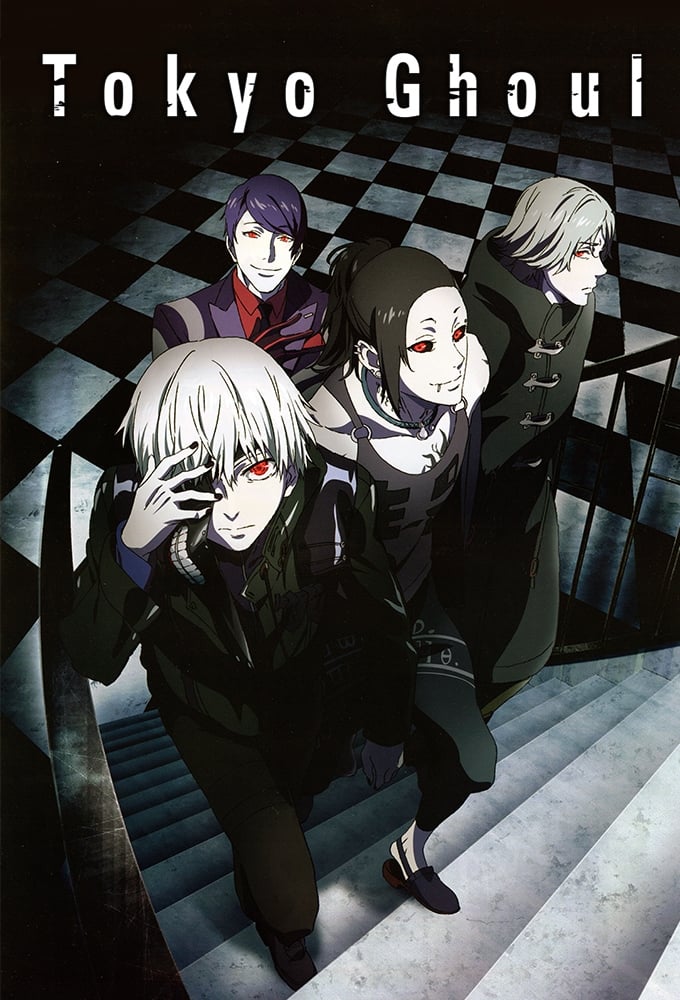
Studio Pierrot animated the series, but the second season started to differ from the original manga, changing key plot points. This decision impacted how characters acted and the speed at which the story unfolded in later episodes. Following seasons attempted to blend these changes with the original story from the manga. This shift in how the studio adapted the manga is often seen as the beginning of a decline in quality.
‘Dragon Ball Super’ (2015–2018)

Toei Animation created the initial episodes of the series quickly to meet weekly broadcast deadlines, and sometimes improved scenes for the home video release. Before introducing original tournament storylines, the show adapted two previously released movies. The quality of animation varied from episode to episode because the staff working on it changed. This fast-paced production schedule is why fans noticed inconsistencies in the animation.
‘Ex-Arm’ (2021)
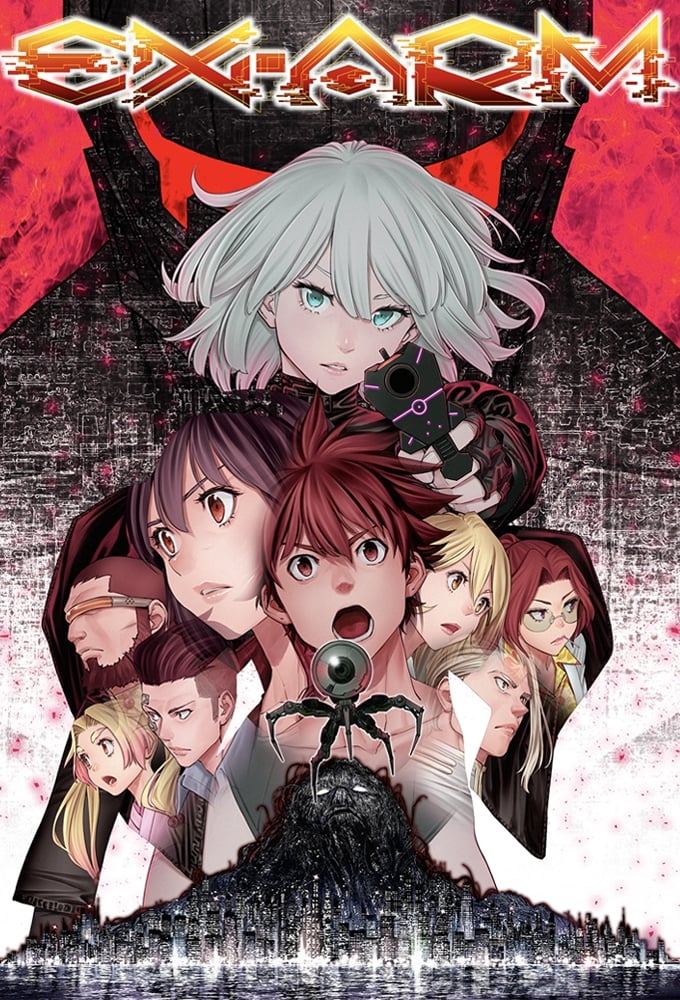
Visual Flight handled production using a lot of motion capture and computer-generated characters combined with 2D effects. However, the final product suffered from inconsistencies in lighting and timing between different elements. Action sequences often jumped between visual styles that didn’t flow well together, highlighting problems with how the various production stages connected. Ultimately, the studio’s reliance on computer graphics, instead of more traditional 2D animation, heavily influenced the overall look and feel.
‘Record of Ragnarok’ (2021–2023)
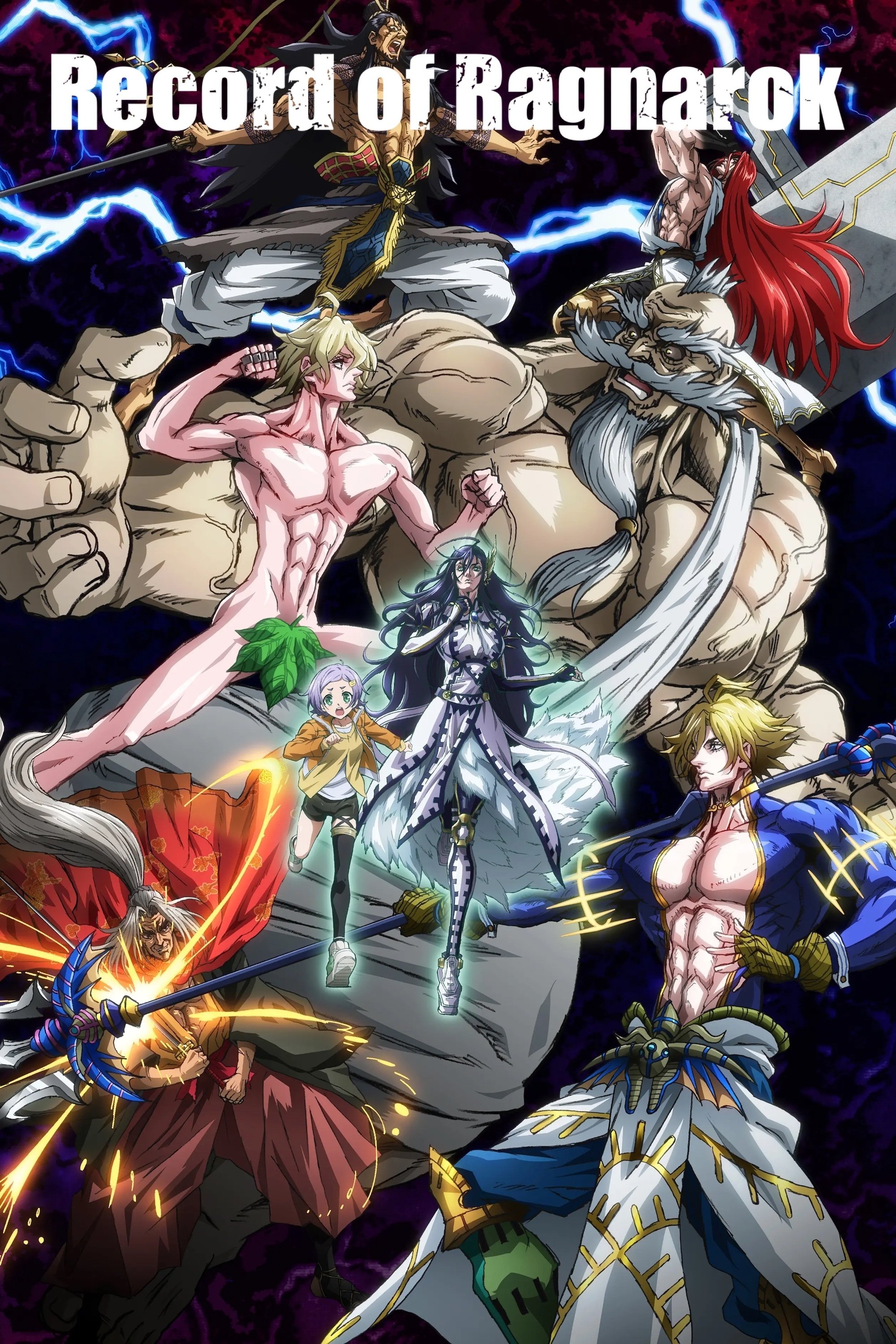
Graphinica’s fight scenes were created using a unique style of limited animation. They often used static images with slow camera movements to suggest action, especially during important battles, which resembled slideshows. While later episodes included more cuts, they maintained this same approach to production. Ultimately, how the fights were presented – the staging – had a bigger impact on how viewers reacted than the character designs themselves.
‘Kingdom’ (2012–2024)
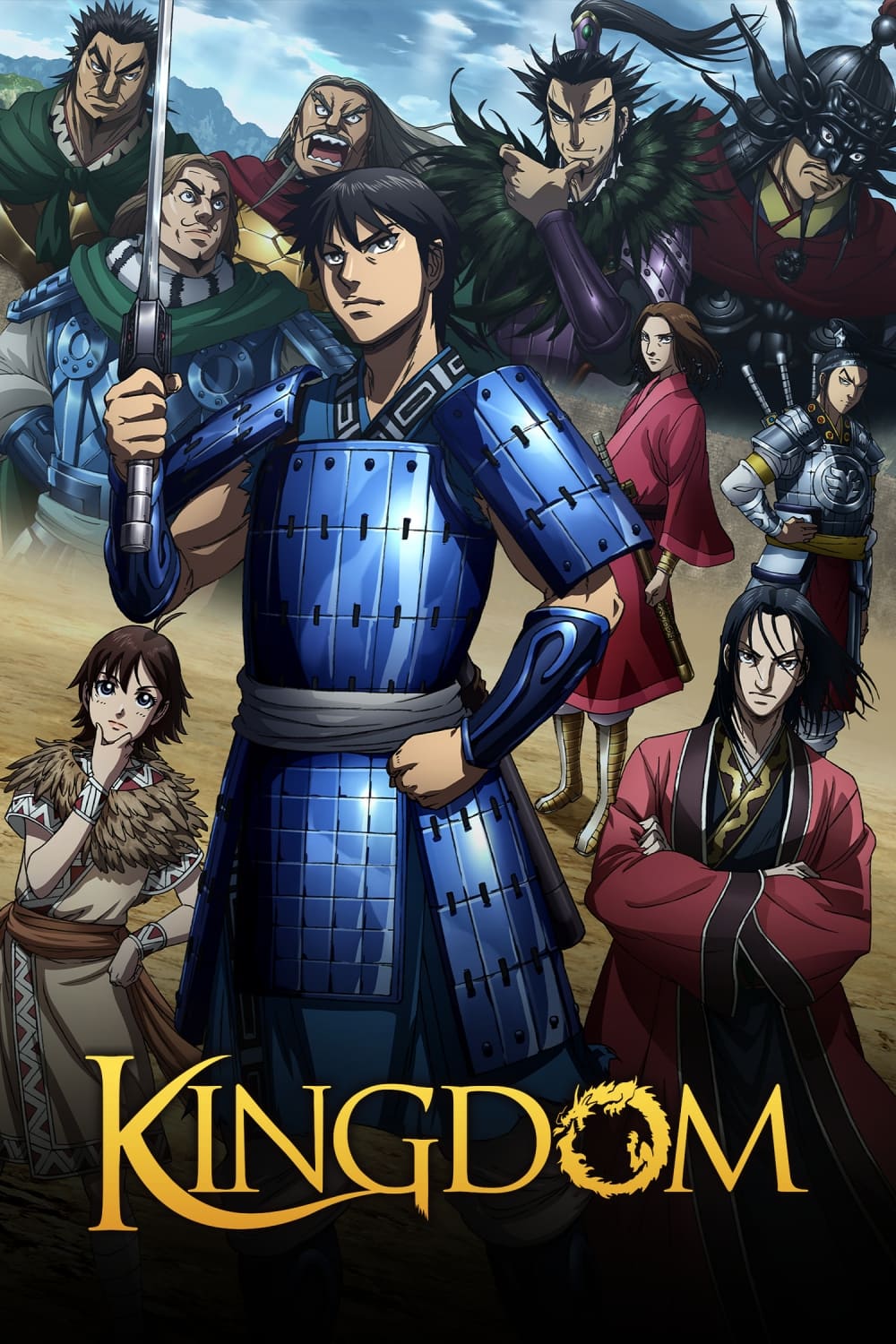
The show initially used a lot of computer-generated imagery for its characters, which some viewers found stiff and unnatural. Later seasons moved to a more classic 2D animation style, and the action scenes became better. Looking back, the early CGI now seems like a downgrade compared to the improved animation. The decision to use character CG in the beginning was a key turning point for the show’s visuals.
‘Psycho-Pass’ (2012–2019)
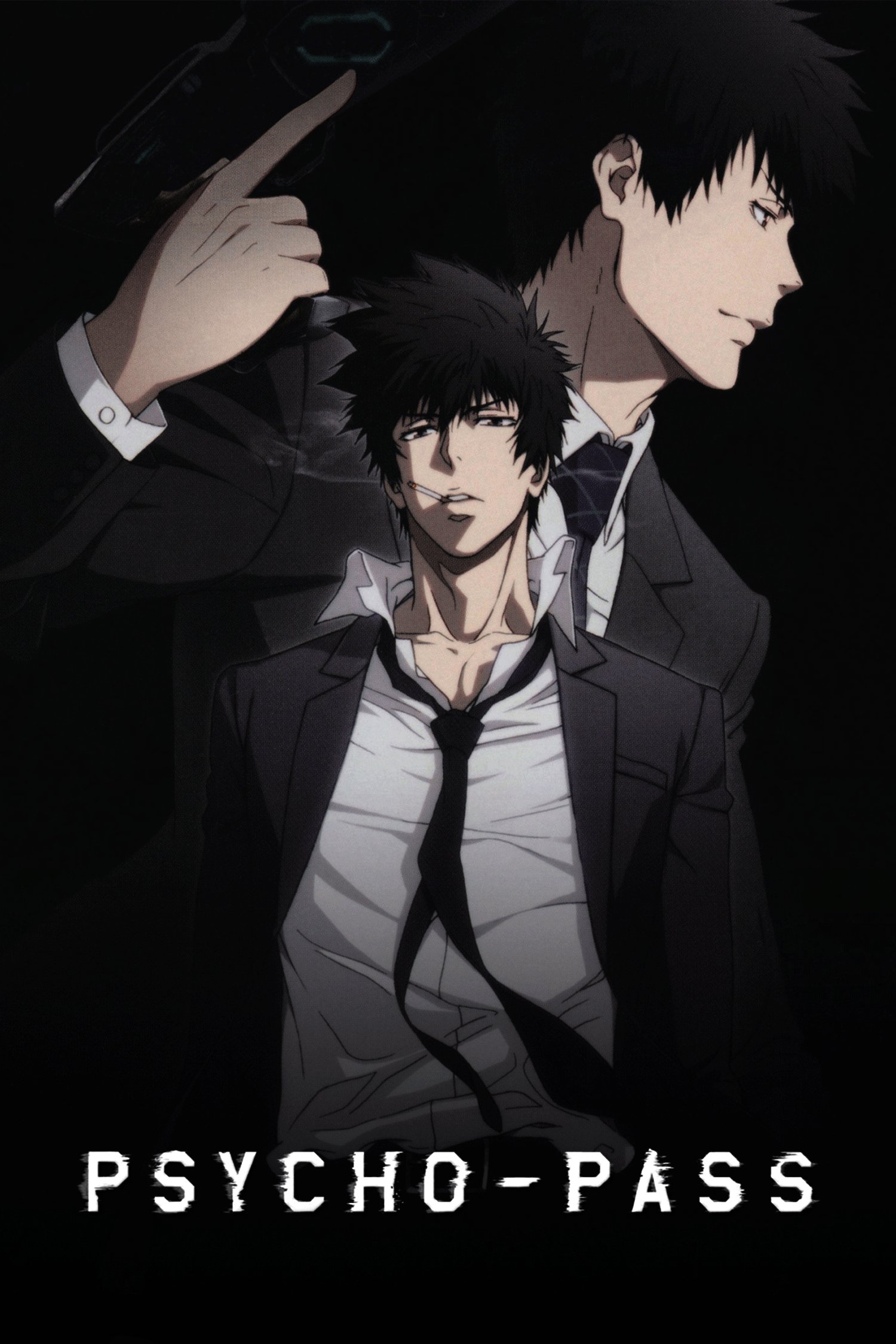
The first season of the series was created by Production I.G, featuring scripts by Gen Urobuchi and a film-like visual style. When the series moved to Tatsunoko Production for the second season, new writers took over and the storytelling approach changed. This shift in staff also resulted in a different visual feel and pacing. The change between studios and creative teams significantly impacted the overall direction of the show.
‘Saint Seiya: Knights of the Zodiac’ (2019–2024)
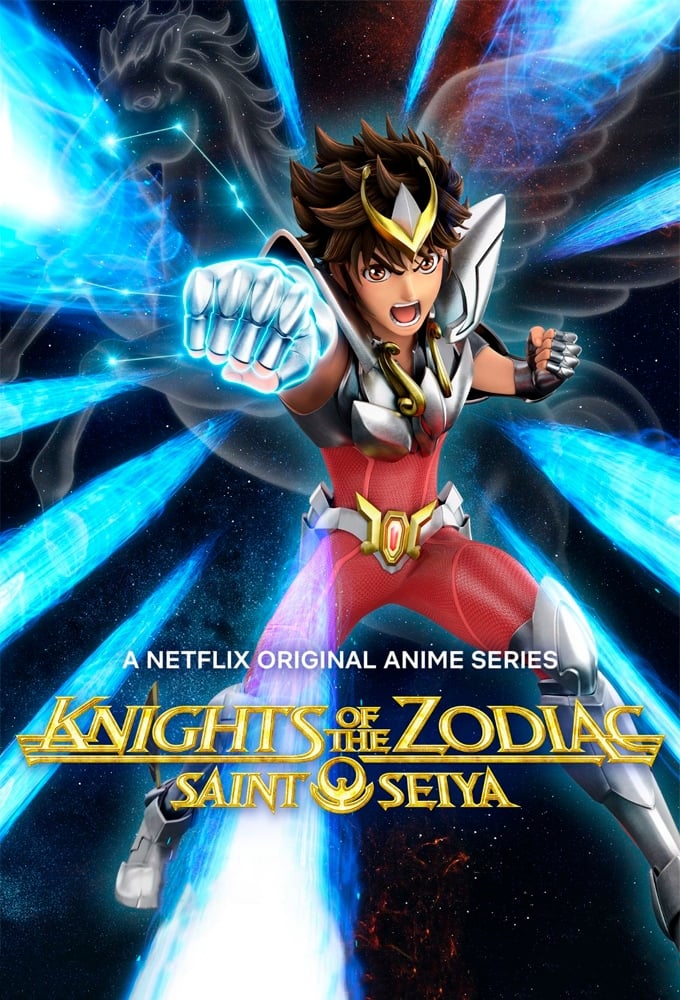
As a long-time fan, I noticed a big shift when Toei Animation revisited this classic. They went with fully CG characters and updated the designs, which honestly changed how the action *felt*. The old hand-drawn fights were so dynamic with those incredible impact frames and blurred motions – that’s harder to pull off in CG, and it showed. Plus, they were using real-time lighting on the characters, but it didn’t *quite* blend with the painted backgrounds. It all makes sense when you realize this was part of Toei’s plan to modernize things with CG, but it definitely resulted in a different visual style.
‘Bleach’ (2004–2012)
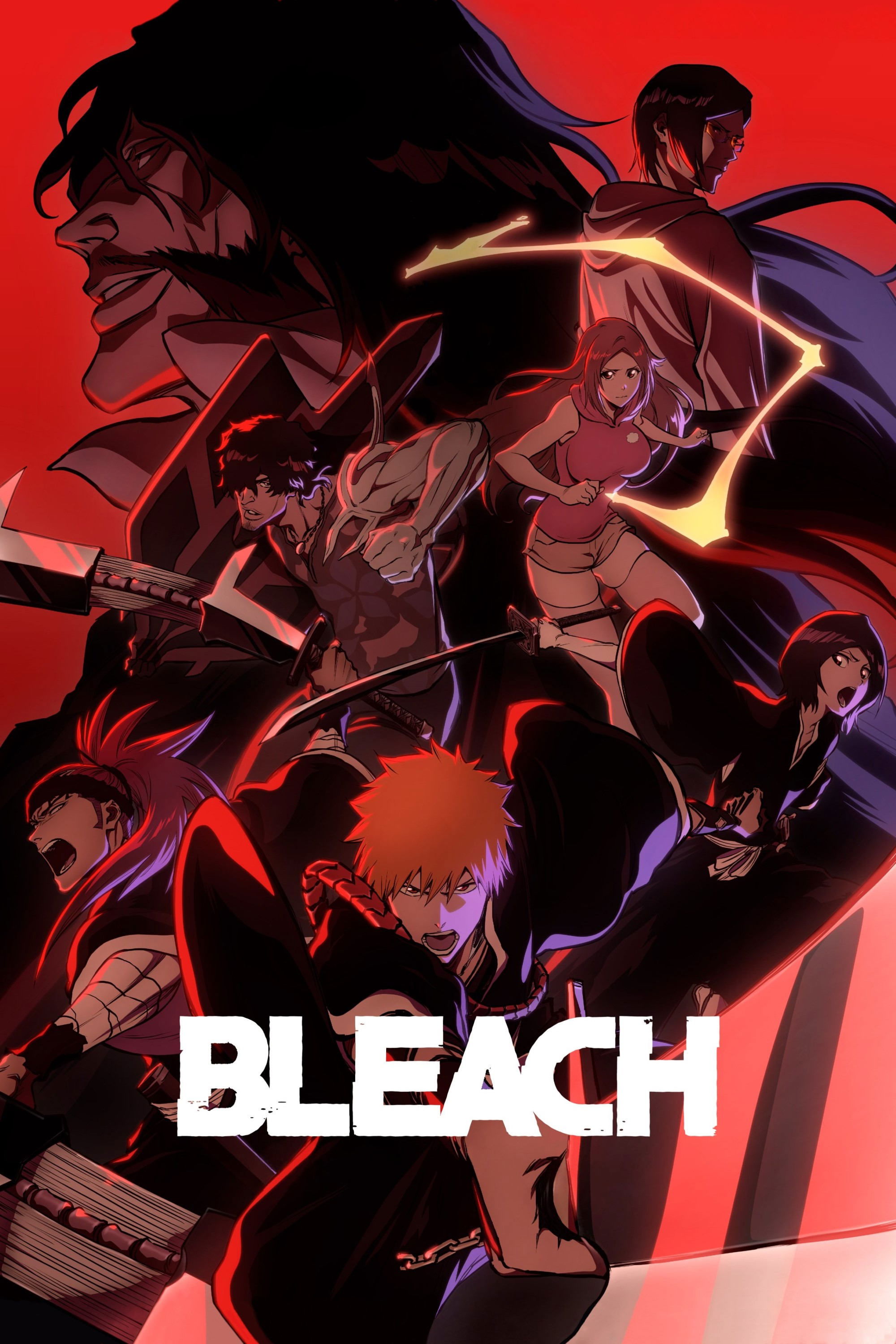
The anime series, produced by Studio Pierrot, was made quickly to meet weekly deadlines, and this sometimes led to longer, less essential storylines. Because resources were divided across so many episodes, the animation quality noticeably fluctuated. When the anime surpassed the available manga chapters, original content was added, which slowed down the story. This fast production schedule is the main reason the quality became inconsistent towards the end of the series.
‘Naruto Shippuden’ (2007–2017)
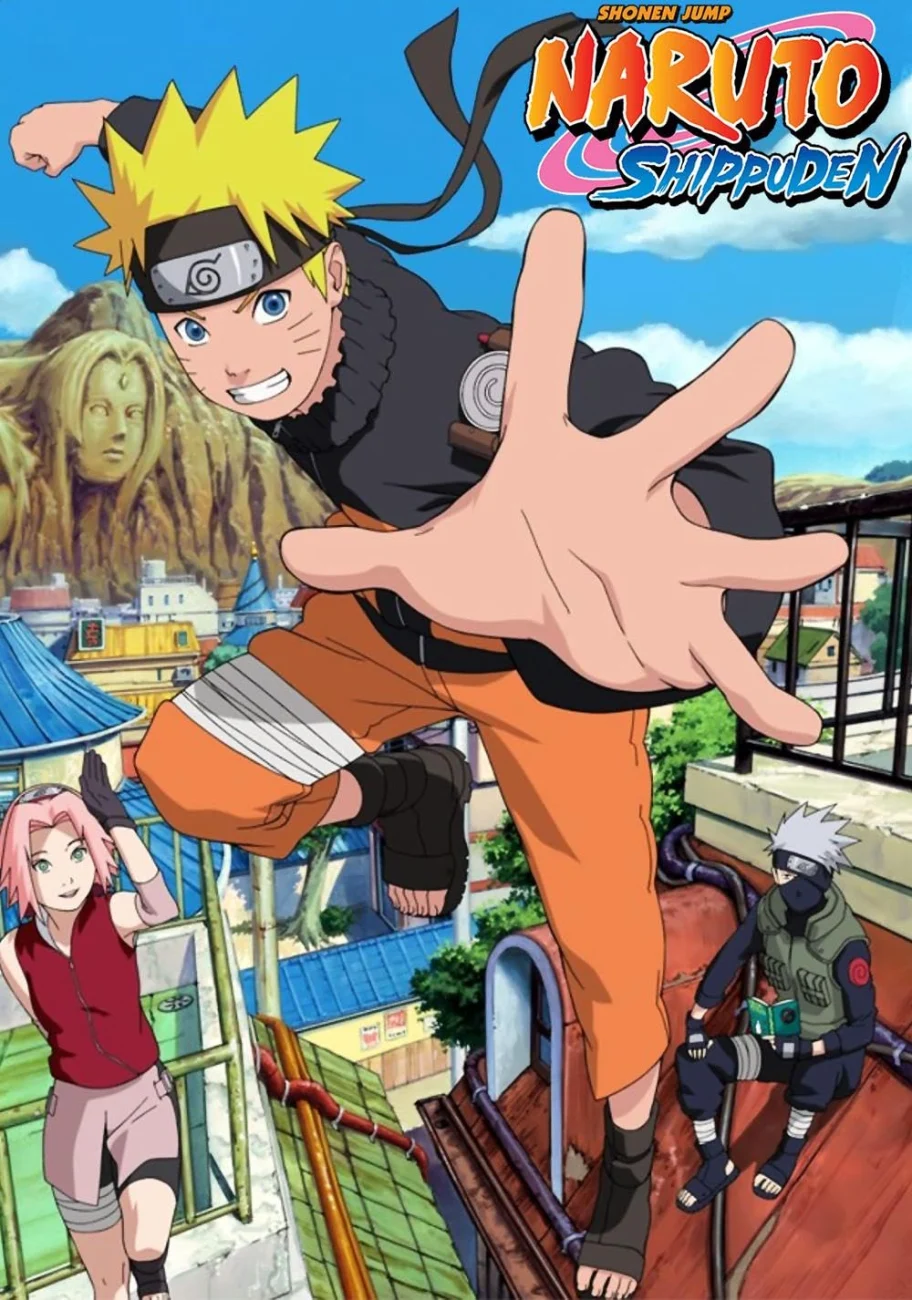
The follow-up series, also created by Studio Pierrot, had many episodes and frequently changed its production staff. To avoid overtaking the original manga, the show included lengthy, non-essential scenes. The quality of the action sequences varied because different directors and animators worked on each episode. This inconsistency was a result of the studio’s demanding production schedule.
‘Fairy Tail’ (2009–2019)
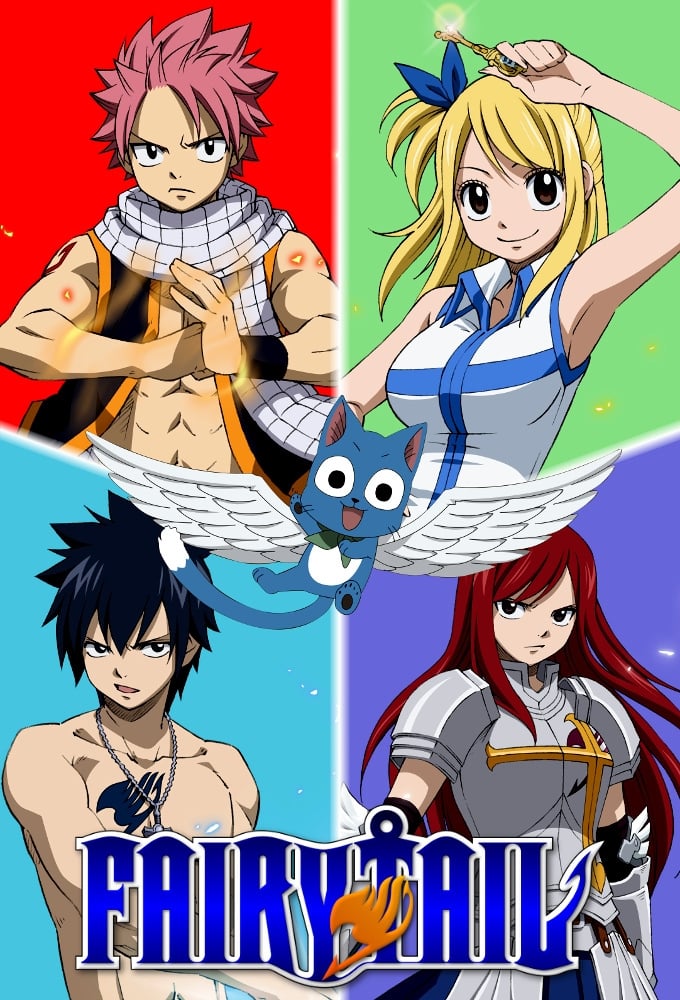
The series initially came from A-1 Pictures and Satelight, but Bridge took over production later on. As the studios and creative teams changed, so did the show’s look and feel, including the music, art style, and visual effects. Towards the end, the action sequences became less complex than they were at the beginning. These shifts in studio and personnel explain the noticeable differences throughout the series.
‘Tokyo Revengers’ (2021–2023)
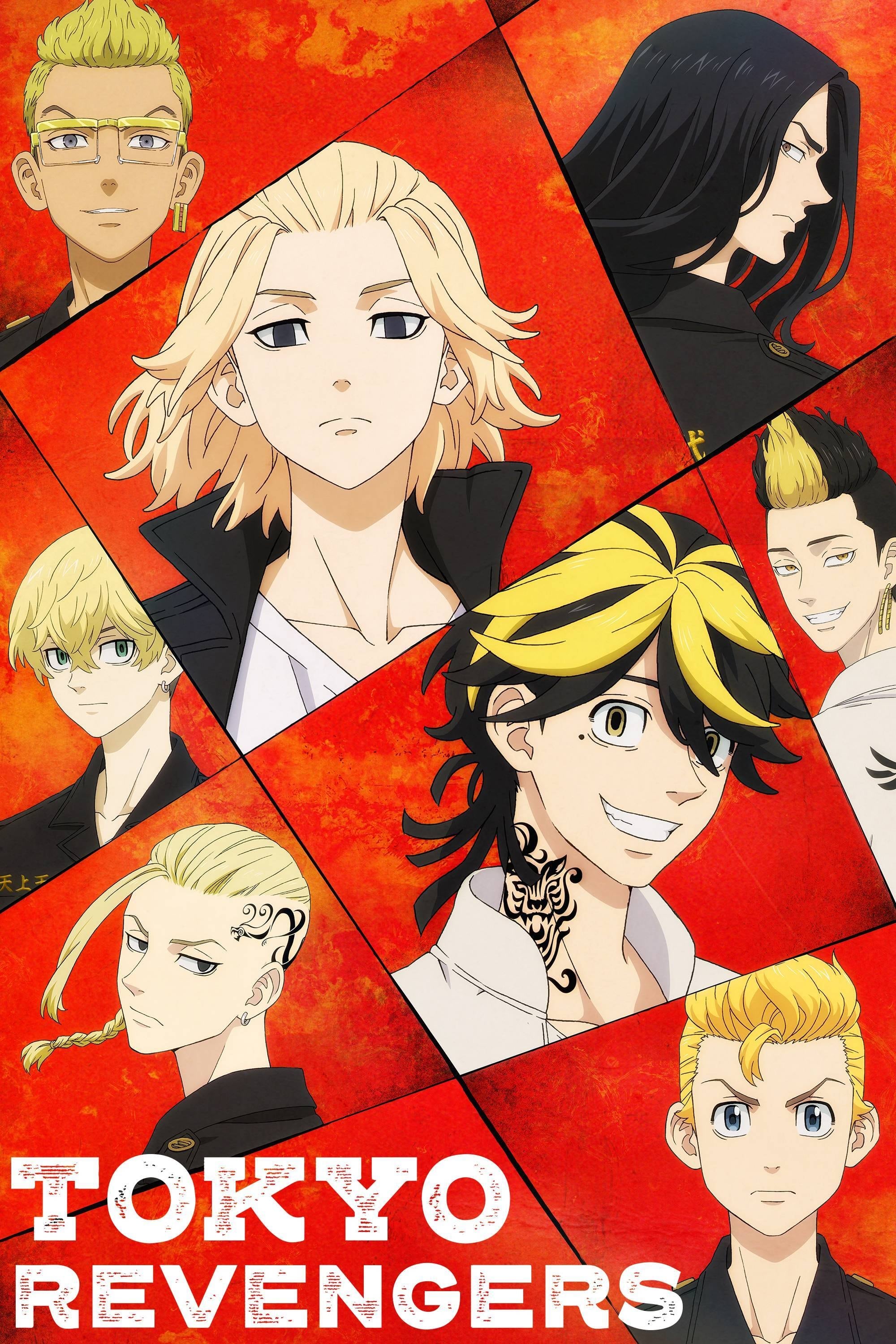
LIDENFILMS created the show over multiple seasons, making changes to visuals to meet broadcast regulations. The second season featured softer colors and more blurring in some parts. Certain fight scenes were reworked to lessen their intensity and follow updated rules. Ultimately, the show’s changing atmosphere stemmed from the studio consistently adapting to new content policies.
I’m always up for talking anime! I’d love to hear what shows *you* think deserve to be on this list, and I’m really curious – where did *you* feel the biggest change or turning point in the story? Let me know in the comments!
Read More
- Silver Rate Forecast
- Gold Rate Forecast
- Красный Октябрь акции прогноз. Цена KROT
- MSCI’s Digital Asset Dilemma: A Tech Wrench in the Works!
- Dogecoin’s Big Yawn: Musk’s X Money Launch Leaves Market Unimpressed 🐕💸
- Bitcoin’s Ballet: Will the Bull Pirouette or Stumble? 💃🐂
- Guardian Wealth Doubles Down on LKQ Stock With $1.8 Million Purchase
- Binance and Botim Money Join Forces: Crypto in the UAE Gets a Boost-Or Does It? 🚀
- Twenty One Capital’s NYSE debut sees 20% fall – What scared investors?
- Monster Hunter Stories 3: Twisted Reflection gets a new Habitat Restoration Trailer
2025-10-16 03:17